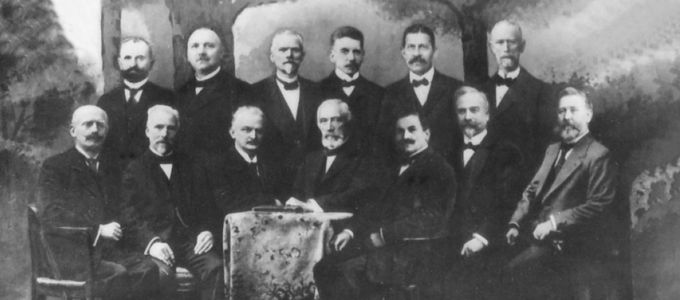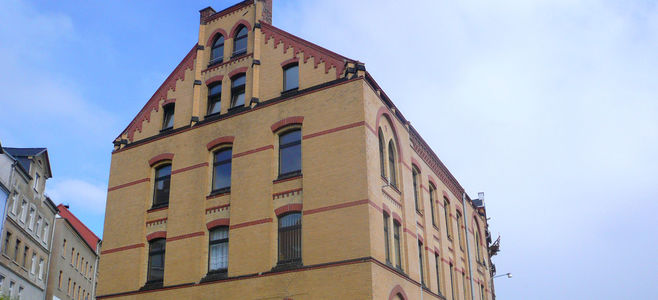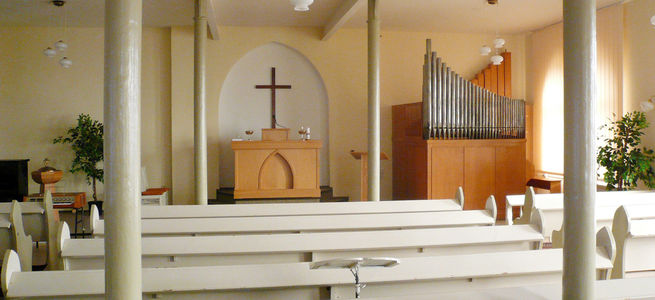
Together they were strong. But conflicts and a resulting dispute led to a split: Chief Apostle Hermann Niehaus and Apostle Carl August Brückner, who was born 145 years ago today.
No, a 145th birthday is not exactly an anniversary that normally justifies an article. But the reason for our looking back actually lies in the future, not in the past: this coming Saturday, 11 March 2017, the Reformed Apostolic Association (RAG) and the New Apostolic Church in Germany will bring to a close a difficult chapter in their joint history.
Promising beginnings
In fact, the beginnings were very promising. Chief Apostle Niehaus and Apostle Brückner—who was head of the Apostle district of Dresden in Germany at the time—were two outright leaders who, at the beginning of the twentieth century, worked in unison and moved the Church forward.
The Dresden Statutes of 1906 made the term “New Apostolic” official. A German-language magazine, Neuapostolische Rundschau, was launched in 1909 in Leipzig. In the years that followed, the Apostles’ Council entrusted Apostle Brückner, the right hand of the Chief Apostle, with a number of important tasks: from organising the funds to making plans for a Catechism.
A harsh break
On 17 April 1921, however, things suddenly began to sound very different: “I am very sad to have to announce the following,” Chief Apostle Niehaus wrote. “Mr Carl August Brückner has been dismissed from the Apostle ministry and has been expelled from the New Apostolic congregation.” What had happened?
The two men had grown apart. Apostle Brückner continued to have new ideas in how to develop the Church and bring it forward. But in the troubled times following World War One, the Chief Apostle was primarily concerned with one thing: peace and stability.
This alone would likely not have been enough to drive the two apart. But on both sides there were influential companions—leading editors on the one and a counter-movement in the circle of the Apostles on the other—who accelerated the widening of the gap to the point of a dispute.
And in the end, the two men clashed.
A new relationship
About ninety ministers and six thousand members left the New Apostolic Church together with Apostle Brückner. They founded the Reformiert-Apostolische Gemeindebund (Reformed Apostolic Association), which merged with the United Apostolic Church in 1994. Until recently, the conflicts surrounding this split had not been resolved.
This is to change now. This week still, a Statement of Reconciliation is expected to finally settle the tensions between the former Apostolic Association and the New Apostolic Church. The ceremony will take place in the Apostolic Congregation in Greiz (Thuringia in Germany), one of the former strongholds of the Apostolic Association.
Similar documents have already been signed in North-Rhine Westphalia in Germany in 2014 and in 2005 in Switzerland. Meanwhile, the New Apostolic Church is in discussion with Apostolic Associations in South Africa and in the Netherlands. The aim is not to merge churches, but to reconcile so that there is mutual respect and esteem.














